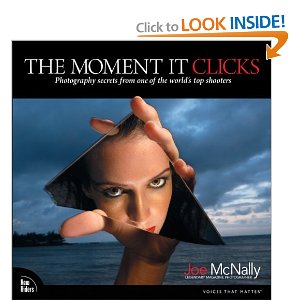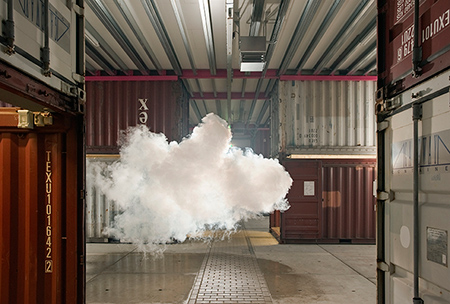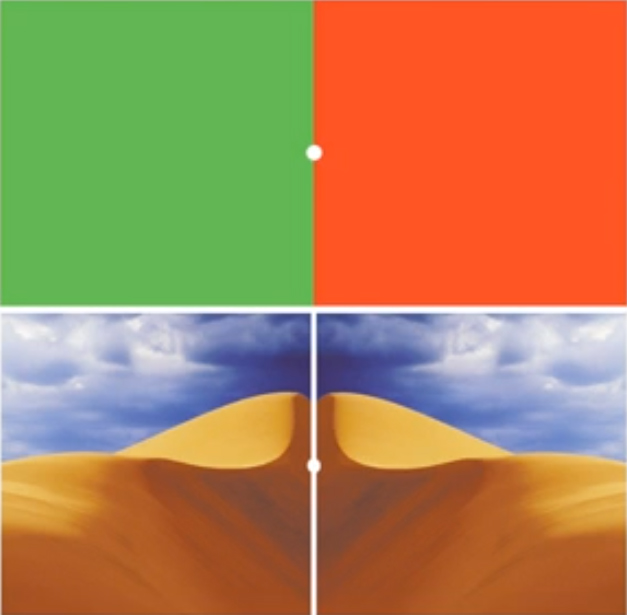For all of you who never knew the wonders of a B&W darkroom, here is a video about the darkroom equivalents of some common Photoshop tools.
This week is Photoshop’s 25th anniversary and Lynda.com has produced a free video demonstrating some wet darkroom techniques that are commonly used in Photoshop’s digital darkroom. It is great to see the dodging and burning techniques that were so common in the wet darkroom demonstrated by a master printer like Konrad Eek as he works his magic to produce a fine art print.
Nearly every tool in Photoshop has its roots in the wet darkroom and I love the comparison of the contact print to Bridge (or the Library module in Lightroom). Even the Unsharp Mask, which I have frequently heard attributed to Adobe making up names (thanks to Beyond Monochrome for the excellent resource) was invented, and named, in the wet darkroom.
Seeing the work that was involved in the wet darkroom is such a great reminder of the simplicity of performing effectively the same action in Photoshop. Konrad has it right when he talks about the time and effort involved in retaining the information to create the same print a second time. The notes and masks all had to be filed and managed, when Photoshop (and Lightroom) allow us to save all of that work within the file (or catalog) so the second print is the press of a button.
I personally never had much of an opportunity to work in the wet darkroom, however the few times I did, I remember being able to watch the print develop before my eyes. And although I appreciate the speed and efficiency of the digital darkroom, there is something magical about the wet darkroom.
I feel a little bit of pity for today’s photographers who will never know the joy of seeing the image appear from that blank white sheet of paper. As if it was always there, just waiting to be, if you’ll pardon the pun, “exposed.”





You must be logged in to post a comment.